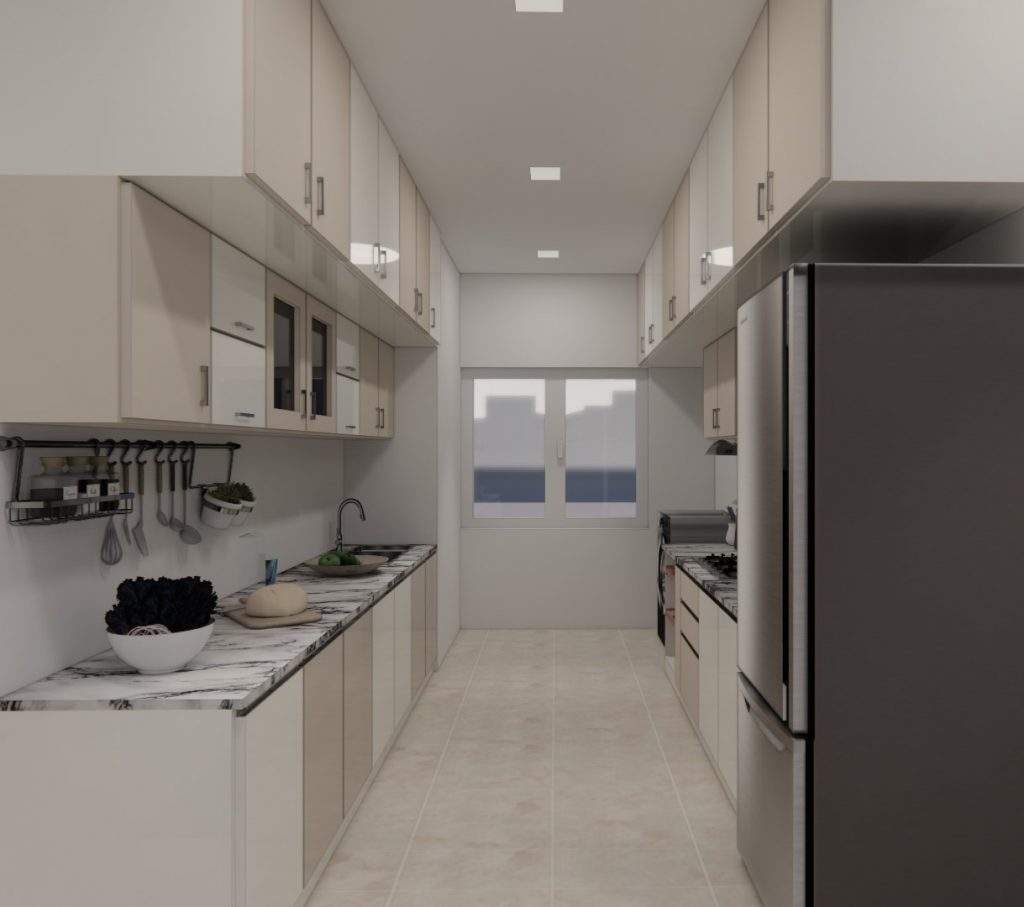
Top 10 Interior Design Principles
Introduction:
Professional Interior Designers in Chennai always follow rules to complete the projects. Rules is a systematic process which can make your normal space into a fabulous one. Interior designing your home have tons of benefits
- A beautiful design will low down stress level
- If designed with psychological benefits, we can even trigger positive emotions and behaviour.
- A proper design will motivate you and bring harmony to your life.
Architects across the globe developed lot of interior design principles like
- Neoclassical
- ZEN Principles
- Bauhaus Design Principles.
If we go through deeply we can simply understand that every interior design principles project the same context.
This blog will give the complete description of Important interior design principles which cannot be neglected in your designing project.
Making your interiors cohesive is important, you need not have 10 or 20 years experience for that. Just concentrate on basic principles. You will get everything right.
Let’s analyse how the interior designing principles can elevate your home.

Balance:
In simple terms, keep everything in the place where it is assigned. As a result, you get visual calmness whenever you enter your room.
For example, we must give balanced weightage to Space, Color and Decorative items.
Too much of anything listed above will spoil the complete room interiors.
How can we achieve the balance principles? It’s really simple, we must work on
- Symmetry
- Asymmetry.
- Radial Balance
Symmetry
Bringing Mirror effect inside your interior is known as symmetry. I would like to give two examples for this term
- Planting two Indoor plants in corners and placing dining table in the center can bring mirror effect
- Placing two night lamp stand in two sides and placing bed in the middle will give you an mirror effect
Main object of the mirror effect is to create a visual pair strategy.
Asymmetry:
This concept is a little bit difficult because it’s really hard for anyone to bring asymmetry balance. Interior Designers must be very creative while working on this idea. There will not be any mirror effect, but EPS Interior Designers in Chennai have been trained for this asymmetry process.
Example of Asymmetry Concept:
- This example is a very casual placement. Place the sofa in one corner and then place an indoor plant or lamp stand. It might look simple but it’s the interior designers’ job to place a perfect size sofa and decorative item.
If the placed sofa size is bigger or smaller than the size required then the interior might look awkward.
Radial Balance:
Radial Balance is to create a focal point for the room. When we compare the above two, focal point is easier. Usually focal point concepts will be used in Hotels, restaurants and offices.
Homeowners are not using a focal point, they consider it as a traditional one. But if we put it in the right way, the design will provide you a visual treat.
Example of Radial Balance:
- Consider placing a conference table at the center of the office area. The complete focal point will be on the conference table.
Rhythm:
Creating patterns in your interiors is known as rhythm. It gives you a visual treat at the same time rhythm allows the visitors to see around the place.
How to achieve Rhythm?
We must do repetition patterns.
Example of Rhythm:
- Decorating your wall with patterns of painting with different colors can create a rhythm. so visitors get triggered to see all over the place.
- If we need to implement rhythm in home interiors, we need not to spend much. Just use a single color for pillows, curtains and wall paints.
Harmony:
Harmony is nothing but focusing on the theme based interior design. It doesn’t matter which theme you choose. Professional Interior designers can have 100’s themes.
Here i would like to share few theme for your interior designing project
- Classical Reflections
- Contemporary
- Elegant County
- Mid Century Concepts
- Traditional theme
Classical Reflections: These themes are majorly used in the 16th to 18th century. We cannot create this theme with a small budget. Those days affluent homeowners used this theme. Which cost them heavily.
Contemporary: Contemporary themes can be very unique and they use simple decorative items. This concept will be focusing more on the space rather than decorative items.
Elegant County: Elegant county requires bright colors with lots of paintings. You need dozens of human resources to achieve this style.
Mid Century Modern Design: This concept evolved in the year in 1940’s and 1950’s where interior designers must focus on curved lines and must use unique decorative elements
Unity:
Bringing unity in interior designing is very important to attain harmony.
So what is Unity?
Repetition of elements like uniform colors, shapes and decorative items etc. As a matter of fact unity brings cohesion in space.
Unity must be implemented across all the rooms. Using this concept only in one room will not be very effective. So Architects basically create uniformed design concepts across all the rooms.
The best way to use unity is with the colors. Never overdo the work instead keep everything simple.
Proportion and Scale:
Comparing one object to another is proportion to scale. Some of the proportions to scale items are Furniture and tables.
Managing space is very important here. We cannot decorate the room with a tall dining table with a small sofa set.
Conclusion:
As interior designers we used to educate customers about these concepts. Homeowners can have multiple ideas but only principles can make everything perfect and neat.
Whenever you hire an architect make sure that he understands every aspect of interior designing. If he fails, find another one, because interior designing will cost you heavy money. Even a single mistake will spoil the entire interior designing